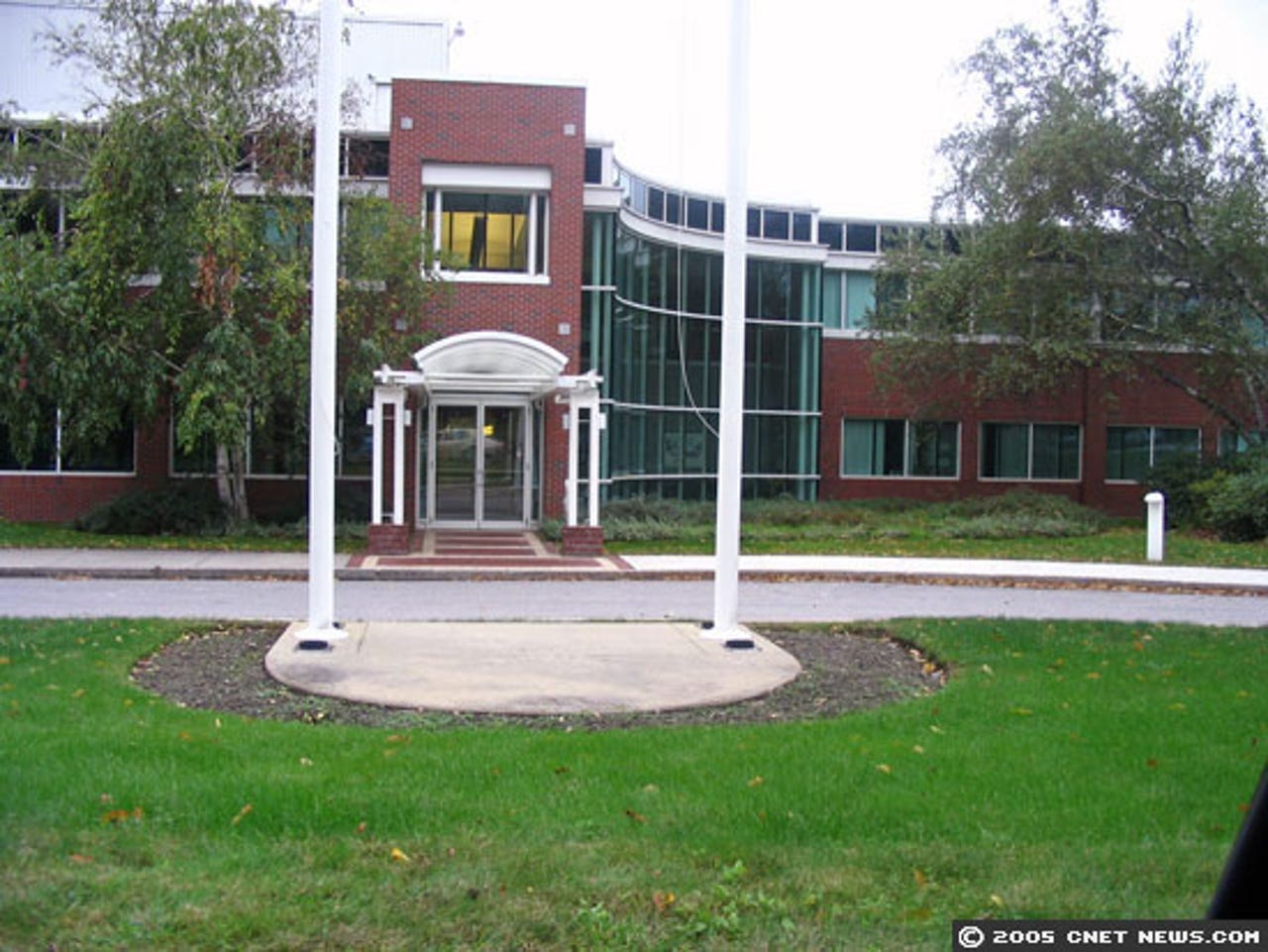Photos: Verizon's Fios TV


Photos: Verizon's Fios TV
The Verizon lab in Waltham, Mass., is one of two main facilities where engineers test and develop new technologies and services like TV. Originally the facility belonged to long-distance carrier GTE before it merged with Bell Atlantic in 2000 to create Verizon Communications.
Photos: The Fios Home Lab
Within the Waltham facility, Verizon has created a mock home where engineers and customers can test the usability of new technologies like Fios TV.
Photos: Fios set-top box
Many of the new features and services Verizon plans to introduce in the future will be enabled by upgrades to Fios TV set-top boxes.
Photos: Fios remote controls
Verizon has brought dozens of customers into this facility to help engineers make the Fios TV service more user-friendly. For example, customers have sampled remote controls from several Verizon competitors to help the company understand what users want and don't want in a remote.
Photos: Fios screen menu
Verizon shows off a user interface for the Fios service designed to make finding programs easier.
Photos: Gaming on Fios
Verizon is testing an interactive gaming application in the Waltham home lab. Instead of loading onto a console, the game is hosted within the Verizon network. Each keystroke or movement of a joystick is transmitted over the Fios TV network to the gaming server.
Photos: Fios ONT
The optical network terminal, or ONT, is installed on the outside of the house. The yellow cord is the fiber that carries all the voice, video and data traffic in and out of the home. The terminal also accommodates up to four telephone lines and an Ethernet port.
Photos: Verizon OLT
The optical line terminal, or OLT, sits in a regional office in Verizon's network. It uses a technology call passive optical networking or PON to split the optical signal so bandwidth can be shared among users. Each card in the chassis services 32 households.
Photos: Fios network
Alexander Laparidis, a director at Verizon Labs, explains the network architecture behind the Fios TV service.